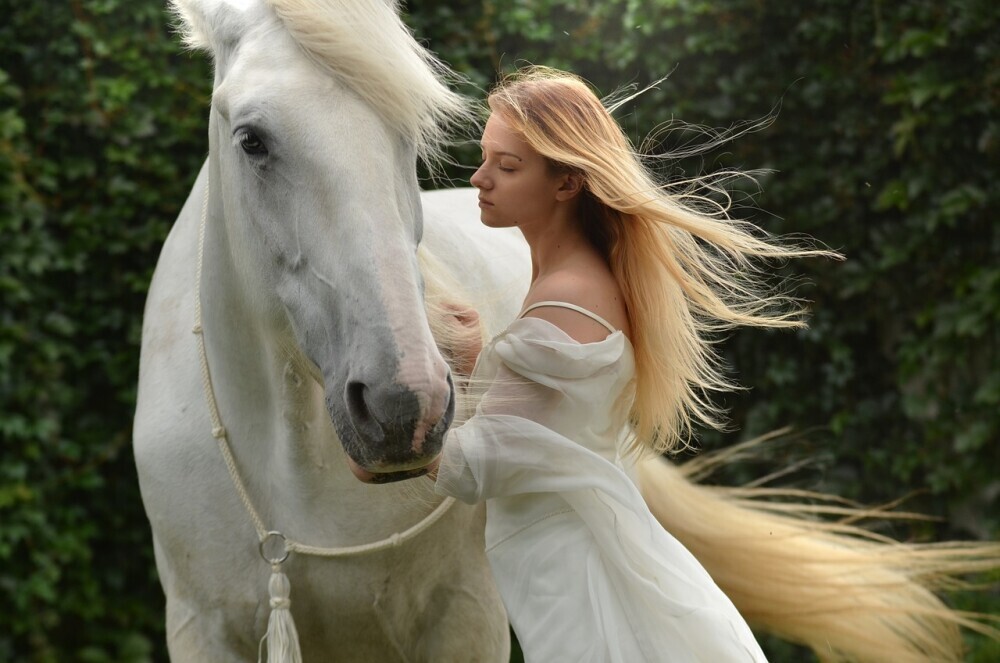
First things first, building a solid bond with your horse is the cornerstone of successful training. Mutual trust and respect set the stage for everything else. Start with simple activities like grooming and hand-feeding to create a positive association. Speak to your horse calmly and consistently—they need to know you’re a reliable presence in their life.
Understanding your horse’s body language is like learning a new language. Pay attention to their ears, tail, and overall posture. Ears pinned back might mean they’re irritated, while a relaxed posture usually indicates they’re comfortable. Each horse has a unique way of expressing itself, so spend time observing and learning what different signals mean.
Gentle and consistent handling is crucial. Be patient and move slowly—rushing can scare or stress your horse. Use a soft but firm touch to guide them, and always reward their cooperation with soft words or treats. Consistency is key. If you’re inconsistent, your horse can get confused and anxious. Stick to a routine as best as you can.
Recognize and respect your horse’s natural behaviors. Horses are prey animals by nature, so they can be skittish and wary of sudden movements or unfamiliar objects. This doesn’t mean they’re being difficult—they’re just trying to stay safe. Approaching them with an understanding of this natural instinct can make all the difference in training.
Foundational Training Techniques and Commands
Groundwork lays the foundation for all future training. Leading and lungeing are two basics to master. Start by teaching your horse to lead properly. Walk alongside them, holding the lead rope about 18 inches from their halter. Keep your body aligned with their shoulder. If they try to walk ahead, gently pull back on the rope and slow your pace.
Lungeing helps your horse learn voice commands while getting some exercise. Use a long lunge line and a lunge whip—not to strike them but to guide their movements. Begin in a round pen or a small enclosed area. Start with simple commands like ‘walk’ and ‘trot’. Gradually introduce ‘whoa’ to stop and ‘back’ to move backward.
Positive reinforcement can make a huge difference in how quickly your horse picks up new commands. Treats and verbal praise work wonders when your horse responds favorably. Just make sure not to overdo the treats; you want the reward to be special.
Patience and persistence go hand in hand. Some days will be great, others might be frustrating. Horses have off days just like humans. If things aren’t going well, take a step back and try again later. Consistent effort over time will yield the best results.
Advanced Training: Developing Specialized Skills
When you’ve mastered the basics, it’s time to explore advanced training. Whether it’s jumping, dressage, or trail riding, gradual progression is essential. Start with small, simple tasks before moving on to more complex challenges.
Introducing advanced maneuvers like jumping requires patience. Begin with ground poles to get your horse used to stepping over obstacles. Gradually raise the height as your horse becomes more confident. Consistency and encouragement can help build their confidence.
Dressage involves precision and discipline. Focus on one new technique at a time, like leg yields or half-passes. Take advantage of professional guidance or educational resources to ensure you’re teaching the movements correctly.
Regular assessment keeps your training on track. Monitor your horse’s progress and adjust the training plan as needed. If your horse struggles with a particular skill, take a step back and refine the basics again.
It’s easy to get caught up in the training goals, but your horse’s well-being should always come first. Ensure they’re physically fit and mentally engaged. Frequent breaks, a balanced diet, and a healthy environment contribute to a happy, well-rounded horse.
